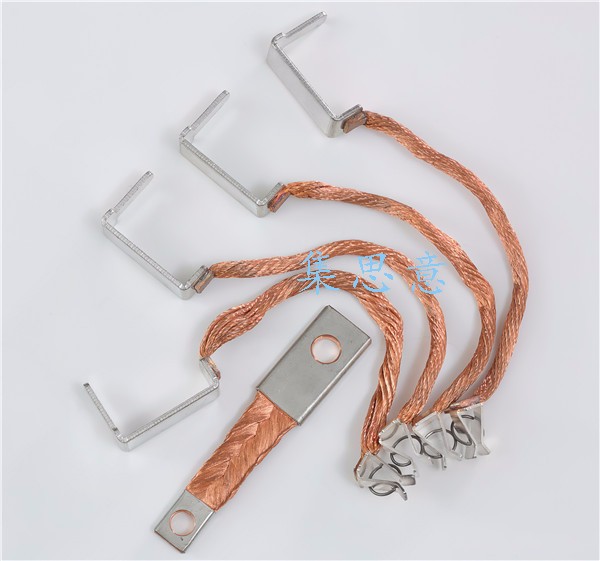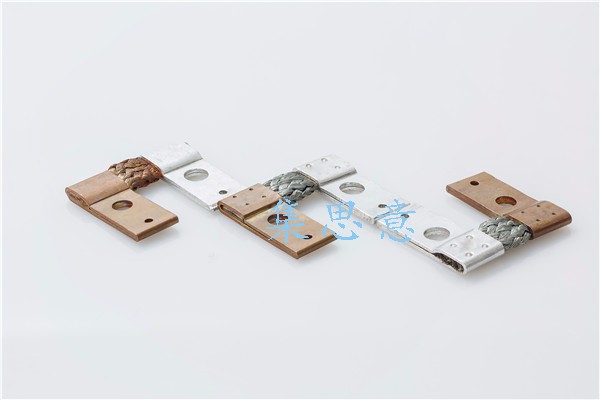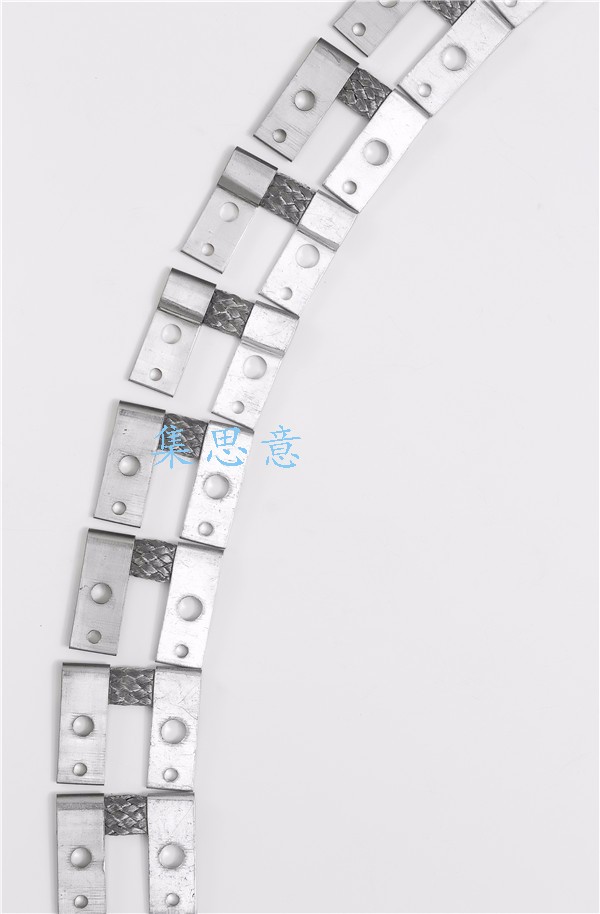What is the typical conductor resistivity of copper foil flexible connectors?
Views: Addtime:2025-10-15
This question addresses a core electrical performance indicator of copper foil flexible connectors, which is crucial for practical applications. The conductor resistivity of copper foil flexible connectors mainly depends on the material of the raw copper foil. Generally, based on T2 electrolytic copper foil (the most common material), its resistivity at room temperature (20°C) usually ranges from 0.0172 Ω·mm²/m to 0.0175 Ω·mm²/m—essentially consistent with the resistivity level of pure copper.
1. Core Factors Affecting Resistivity
-
Purity of Copper Foil MaterialMainstream products on the market use T2 electrolytic copper foil with a copper content of ≥99.95%. Purity directly determines the base resistivity: higher purity means less resistance to free electrons and lower resistivity. If the foil contains more impurities (such as iron or lead), the resistivity will increase slightly.
-
Impact of Production ProcessesProducts manufactured using polymer diffusion welding have tightly fused multi-layer copper foils, resulting in low contact resistance and an overall resistivity closer to that of pure copper. Insufficient welding or gaps may cause a slight local increase in resistivity, but qualified products control this deviation within 5% through process optimization.
-
Changes in Temperature EnvironmentLike all metallic conductors, copper’s resistivity increases with rising temperature. For example, when the temperature rises to 100°C, the resistivity increases to approximately 0.021 Ω·mm²/m. In practical applications, the conductive performance should be evaluated based on the equipment’s operating temperature.
2. Resistivity Requirements for Different Scenarios
Different industries have varying tolerance levels for resistivity, and high-demand scenarios may use upgraded materials to further reduce resistivity:
- General Industrial Scenarios (e.g., low-voltage switchgear, conventional transformers): The typical range of 0.0172–0.0175 Ω·mm²/m is acceptable, as long as it meets the needs of high-current transmission.
- High-Precision Scenarios (e.g., 5G base stations, precision instruments): Oxygen-free copper foil with a copper content of ≥99.99% is used, which can reduce the resistivity to 0.0170–0.0172 Ω·mm²/m and minimize signal interference and energy loss.
- Harsh Environment Scenarios (e.g., chemical industry, marine equipment): Surface treatments like tin plating or nickel plating do not directly change the resistivity of the copper foil itself, but they prevent performance degradation caused by corrosion, thereby maintaining stable resistivity.






